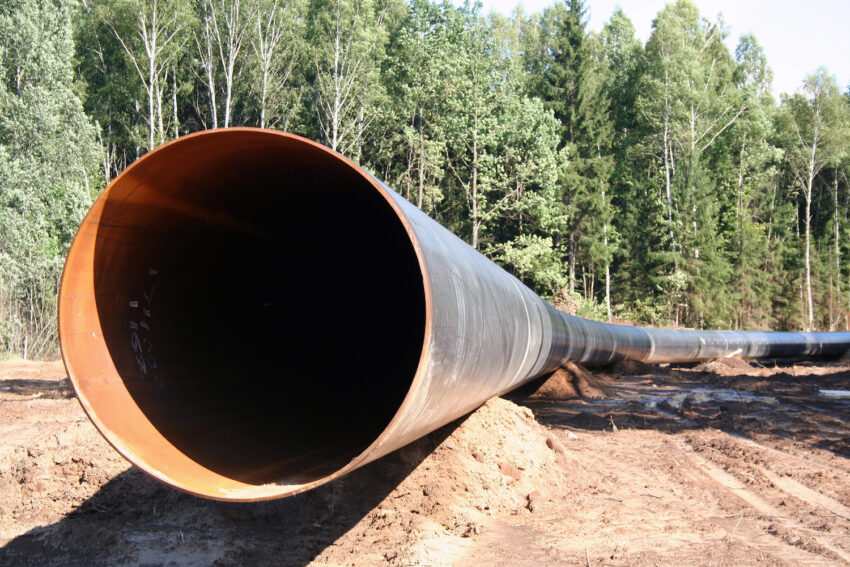When forging component parts for the oil and gas sector, it is crucial to tailor their chemistry and mechanical properties for their specific applications, or “end use,” which can range from wellhead equipment to drilling tools, valves, and connectors. Open die forging parts are a necessity in applications where it is critical to withstand the challenging conditions encountered in exploration, extraction, and refining processes. In the realm of forgings, end use commonly denotes the ultimate form and state of the final machined part, along with a comprehension of the operating conditions it will face during service.
“By understanding the final application or purpose – the end use – for which these parts are designed and manufactured, forged parts suppliers can determine the appropriate materials, manufacturing processes, and quality standards necessary to ensure that the metal parts perform effectively and reliably in their intended applications,” says Jeff Klein, Director of Sales for All Metals & Forge Group. The ISO 9001:2015 and AS9100D-certified manufacturer produces open die forgings, seamless and contoured rolled rings, and complex forged parts to industry standard specifications in 8-10 weeks.
Open die forgings and seamless rolled rings play a crucial role in the industry. These parts must exhibit exceptional attributes such as strength, durability, precision, and resistance to fatigue, deformation, and harsh environments to meet precise performance standards when deployed in the field.
In some cases, failing to consider the end use can introduce serious risk, including catastrophic failure of a part while in operation. During oil and gas exploration, the failure of a forged part can occur more than a mile underground, causing a well shutdown and the withdrawal of the failed part that may be more than 10,000 feet below the surface. During extraction or refining, a part failure can cripple production and a specialized replacement part may not be obtainable for several months.
The consideration and planning to meet end use requirements should begin with the service requirements outlined during the engineering phase of design and conclude when the part is in its operating position, performing as intended. It is vital that the manufacturer specify the end use of each part and ensure it is communicated throughout the production chain, from the design engineer, through purchasing, the forging operation, heat treating, finish machining, and final assembly of the end use, including the mechanical property requirements and the heat or corrosive conditions in which the forged part will perform.
According to Klein, the oil and gas industry has unique specifications and standards that metal parts must meet. The specific function of the part will dictate its design, dimensions, material selection, forging, heat treating and finishing processes. In all cases, the part must be manufactured to industry standard specifications such as API, ASTM, or AISI unless the equipment OEM has developed their own requirements by modifying one of those standards. In short, the finished product must comply with all quality, durability, chemistry, and mechanical properties within the selected standard.
Seamless rolled rings can be produced in a variety of alloys, sizes, and shapes specific to fit end use requirements. However, by working closely with the forging supplier, engineers, and machinery builders, buyers can ensure the ideal selection of chemistry, mechanical properties, heat treatment, machining, and testing ultimately required for each part’s end use.
By collaborating with an experienced seamless rolled ring manufacturer that can tailor the forging process to the specific end use, oil and gas equipment OEMs and aftermarket service companies can ensure their final product meets all the necessary requirements and industry standards for their specific application.
For more information, call All Metals & Forge Group at (973) 276-5000; in Canada 416-363-2244; or visit http://www.steelforge.com.

